What is a Set in Volleyball? – Detailed Guide
Whether you’re a beginner in the world of volleyball or a seasoned player, understanding the basic skills such as the set is crucial for personal development and contributing to your team’s success. The set is one of volleyball’s most technical skills and is essential for mounting effective offensive plays.
In this detailed guide, we will explore what a set is in volleyball, its importance, and how to master this skill.
What is a Set in Volleyball?
A set in volleyball refers to the skill used predominantly by a setter to redirect the volleyball, usually with an overhead pass, to an attacker. The attacker then performs a spike or hit over the net with the intention of scoring a point.
The set is a paramount skill and is the second of three contacts that a team is allowed to make before returning the ball to their opponents.
Characteristics Of A Good Set:
- Controlled and precise placement for an attack
- Consistent height and tempo
- Smooth and fluid motion by the setter
- Proper positioning of feet and hands
The role of the setter is akin to a quarterback in football—orchestrating the team’s offense and deciding who will attack the ball.
Types of Sets
There are several types of sets used in volleyball, each serving a different purpose:
Standard Set: Also known as the “setter’s set,” this is the most common type of set used. The ball is set above the setter’s head and delivered to the hitter, allowing them to attack from a variety of angles.
Quick Set: A fast-paced set designed to catch the opposing team’s defense off guard. The ball is set close to the net and delivered quickly to the hitter, giving them less time to react.
Back Set: In a back set, the setter sets the ball behind them to a hitter positioned on the opposite side of the court. This is an effective strategy to confuse the opponent’s block.
Shoot Set: A shoot set is a quick and low set that is delivered almost parallel to the net. It is often used to surprise the opponent’s block and create scoring opportunities.
Slide Set: The slide set involves the hitter taking off from behind the setter and attacking the ball at an angle. It is an effective set to overcome solid blocks.
The Importance of a Set in Volleyball
Mastering the art of setting is foundational for a team’s success in volleyball matches. Below are some of the reasons that underscore its significance:
| Reason | Explanation |
| Effective Offense | The success of hitters largely depends on the quality of the set, making it a crucial aspect of an effective offensive strategy. |
| Control of the Game | Good sets allow a team to control the pace and flow of the game, often dictating the rhythm of the match. |
| Versatility | Skilled setters can distribute sets to different hitters, challenging the defense and capitalizing on weaknesses. |
| Adaptability | A good setter can adjust the set based on the situation, such as transitioning from defense to offense quickly. |
How to Perform a Set in Volleyball?
Below is a step-by-step guide for executing a fundamental overhead set. However, it is important to note that setting is a skill that requires constant practice and fine-tuning.
1. Starting Position: Stand with feet shoulder-width apart, knees slightly bent, and weight on the balls of your feet, ready to move in any direction.
2. Hand Positioning: Extend your arms above your head and shape your hands as if you are holding a ball, positioning your thumbs and index fingers in a shape that resembles a “window”.
3. Ball Contact: Contact the ball with the fingertips of both hands simultaneously. The wrists should be flexed and fingers spread apart upon contact, allowing for cushioning and control of the ball.
4. Finish: Follow through with your hands in the direction of your intended set. Your finishing hand position can help direct the ball precisely to your hitter.
Tips for Improving Your Set:
- Practice with solo drills against a wall to improve hand positioning and control.
- Engage your core muscles to maintain balance and provide power to your sets.
- Communicate with your hitters to understand their preferences and timing.
- Watch footage of skilled setters and mimic their fluid motion during practice.
Common Mistakes to Avoid in Setting
While learning to set, it is equally important to be aware of common mistakes:
- Using the palms of your hands instead of fingertips for setting.
- Having rigid arms and hands, leading to a lack of control of the ball.
- Setting the ball too close to the net, which can lead to blocks or violations.
- Lack of communication with your teammates, resulting in poor timing or confusion.
Frequently Asked Questions
What Defines A Double Set In Volleyball?
A double set in volleyball refers to a strategic move where the setter delivers two quick sets in succession to confuse the opponents.
How Many Sets In A Match?
The number of sets in a volleyball match can vary; most professional matches are best of five sets, while others may play best of three.
Who Performs A Volleyball Set?
Typically, the setter on the volleyball team is responsible for performing sets, aiming to position the ball for an attacker to hit.
What Are The Types Of Sets?
Common types of sets in volleyball include outside sets, middle sets, back sets, and quick sets, each with different trajectories and targeted hitters.
Can Any Player Set The Ball In Volleyball?
Yes, any player can set the ball in volleyball as long as they adhere to the rules of setting, regardless of their position on the court.
Conclusion
The set is a fundamental skill in volleyball that allows players to set up their teammates for attacks. It requires precision, timing, and coordination between the setter and the hitter. The setter’s ability to provide accurate and well-placed sets can significantly impact the team’s overall success in the game.
Understanding the various types of sets and their strategic uses can elevate a team’s gameplay and make them a formidable force on the volleyball court.

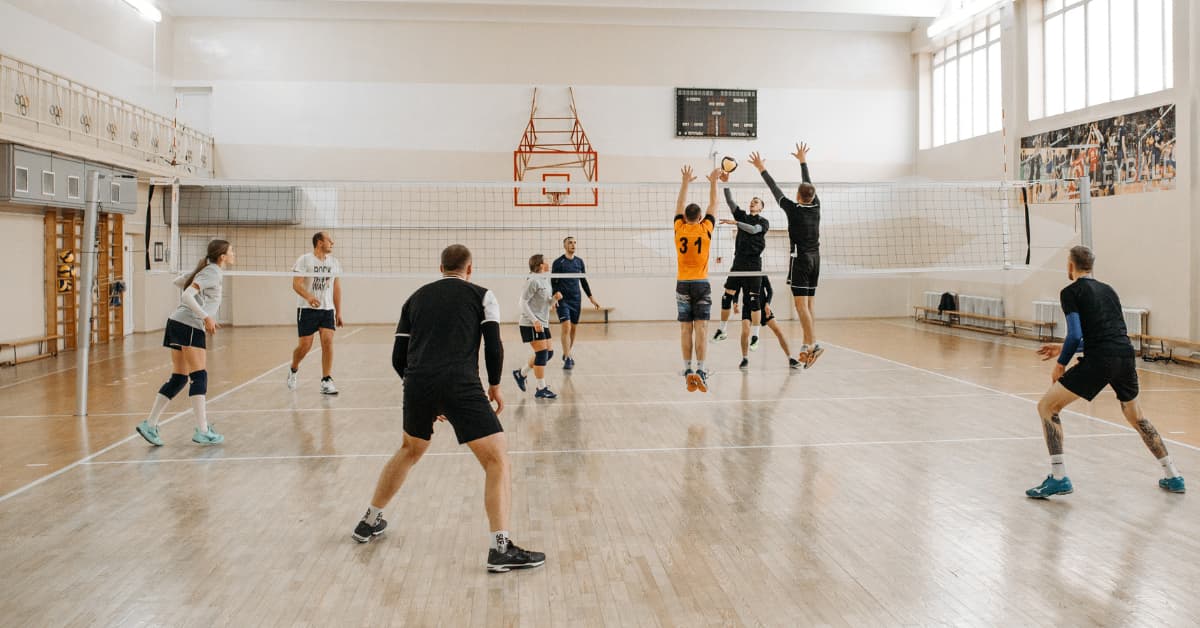


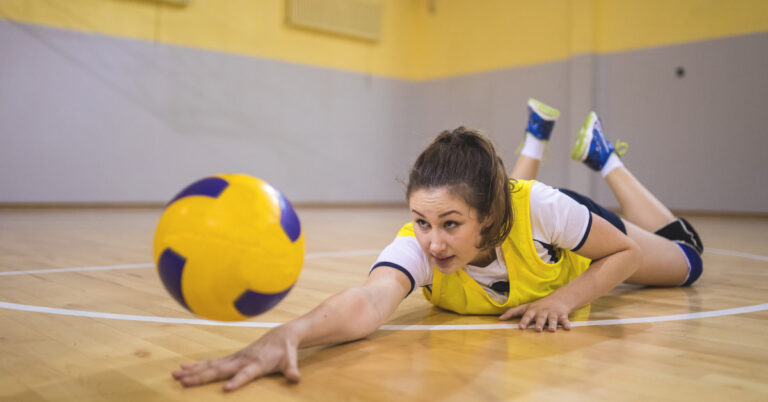
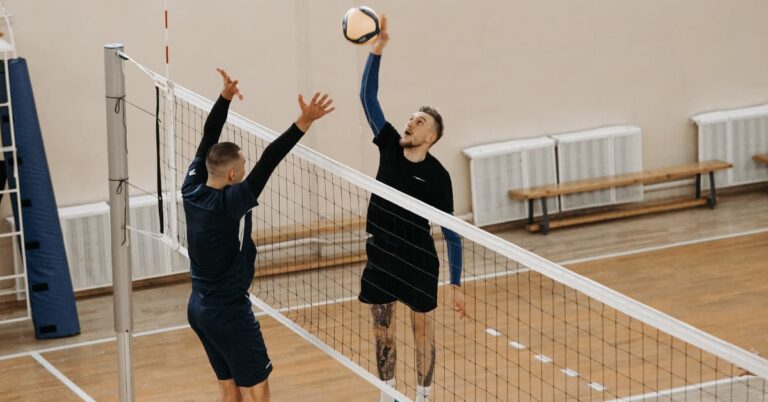
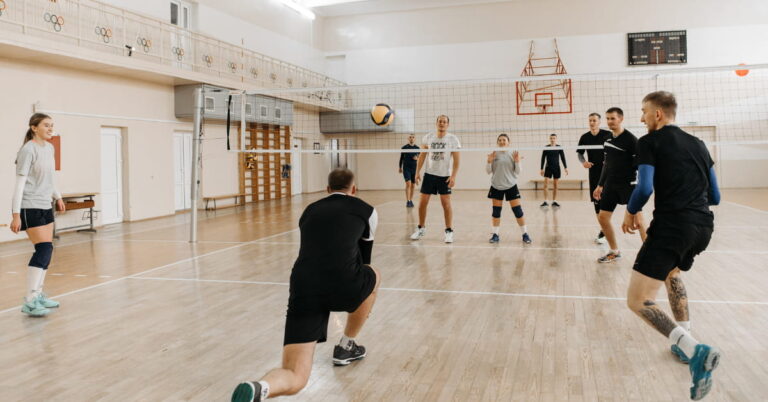
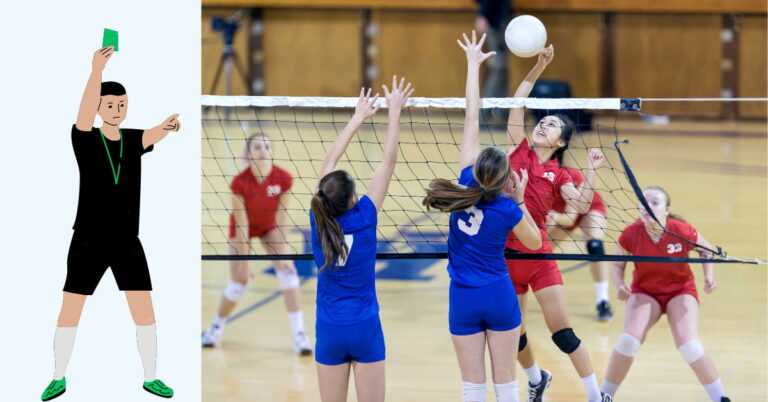

3 Comments